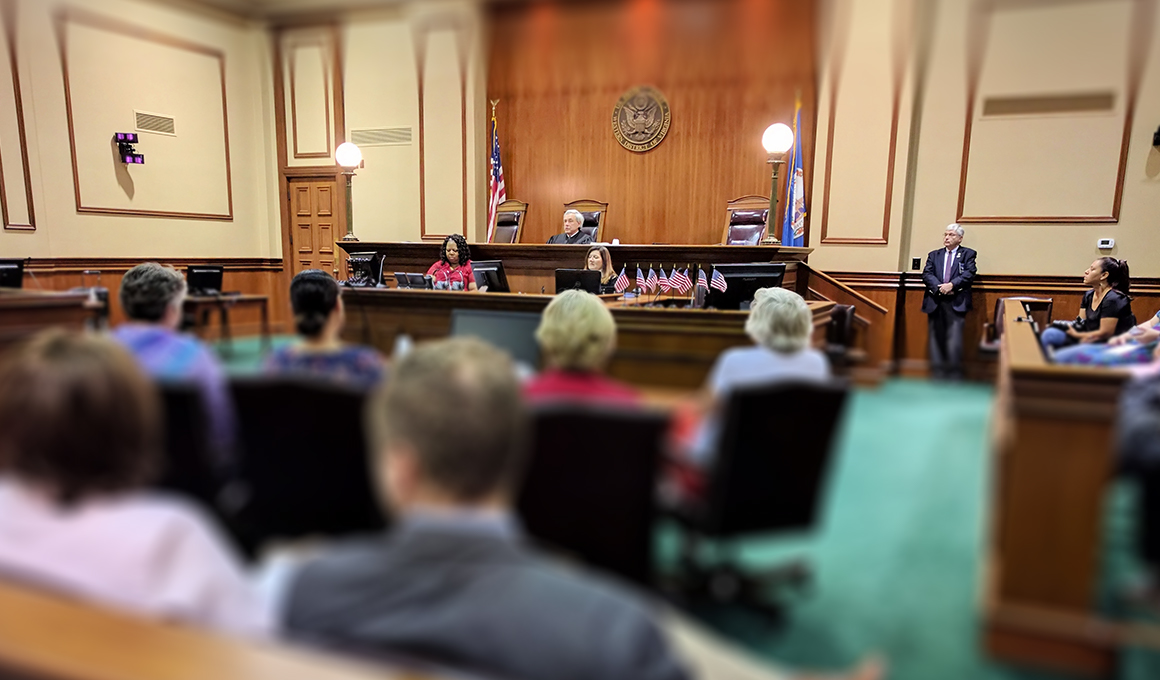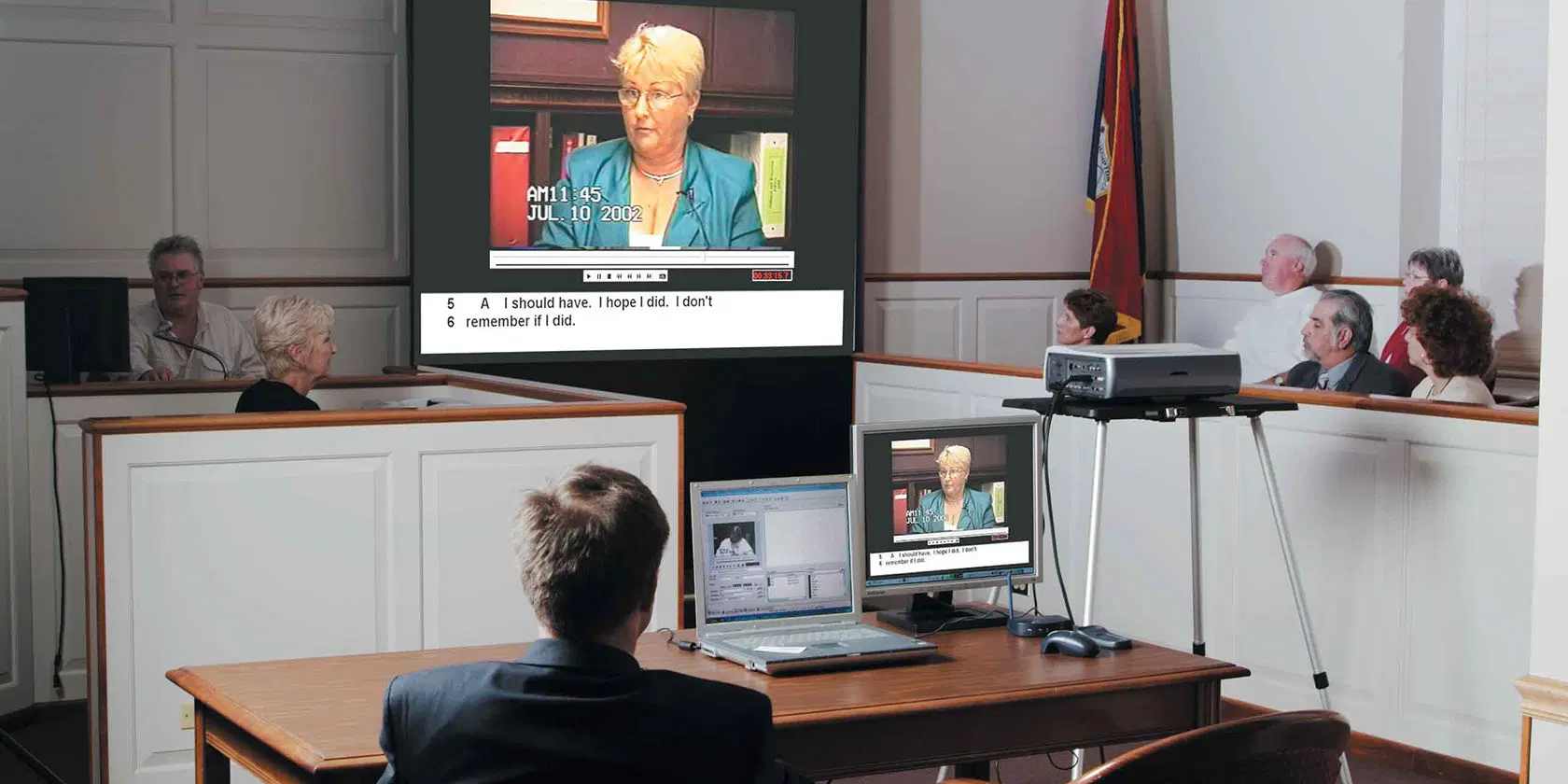Access professional trial presentations to improve your legal arguments.
Access professional trial presentations to improve your legal arguments.
Blog Article
Exactly How Trial Presentations Enhance Your Argument and Persuade Jurors
Test presentations serve as a critical system for enhancing lawful debates and convincing jurors. The critical use of visuals not only clarifies complicated info but additionally records jurors' focus a lot more effectively than words alone.

Importance of Visual Help
Visual aids play a critical role in improving the performance of test presentations, as they can significantly boost audience interaction and retention of details. In the context of a test, where jurors are tasked with processing complicated info, aesthetic help offer to streamline and make clear bottom lines. Charts, graphs, and photos can communicate data and principles that may or else overwhelm or confuse jurors, enabling for a more uncomplicated understanding of the proof presented.
Additionally, visual aids assist in keeping juror attention throughout the procedures. By damaging the monotony of spoken statement, these devices can punctuate important arguments, making them extra unforgettable. Efficient visual help can additionally evoke psychological actions, which can be critical in encouraging jurors to straighten with the presenter's narrative.

Crafting Compelling Stories
An engaging story is crucial in trial presentations, as it works as the foundation of efficient persuasion. It allows attorneys to weave with each other realities, evidence, and emotional components into a systematic tale that reverberates with jurors. This narrative framework makes it possible for jurors to comprehend the intricacies of the situation while guiding them via the attorney's debate.
To craft a compelling narrative, attorneys should concentrate on clarity and coherence. This involves establishing a clear protagonist-- commonly the client-- and outlining their journey via the occasions concerned. Providing the facts in a rational series improves understanding and preserves interaction. Additionally, using dazzling descriptions can create mental images that aid jurors picture the occasions, making the narrative more remarkable.
Furthermore, incorporating vital motifs throughout the presentation enhances the core message and aids in retention - trial presentations. The narrative should not only convey details yet also stimulate a sense of justice, highlighting the stakes involved. Inevitably, a well-constructed story promotes a connection in between the jurors and the case, positioning the attorney's debate as both legitimate and engaging, thus boosting the likelihood of a beneficial verdict

Engaging the Court Mentally
Reliable jury engagement depends upon the lawyer's ability to connect with jurors on a psychological level. This link can dramatically influence jurors' perceptions and their ultimate decision-making. Using emotional appeals enables lawyers to humanize the instance, changing abstract lawful principles right into relatable experiences. By offering real-life tales or reviews, attorneys can stimulate compassion and compassion, cultivating a much deeper understanding of find more info the issues at stake.
Visual help, such as photographs or videos, can additionally improve psychological engagement, offering jurors with vibrant depictions of the situation's human elements. Crafting a story that highlights the battles and accomplishments of the people entailed ensures that jurors see past the lawful disagreements and acknowledge the human consequences of their choices.
A lawyer's passionate delivery can reverberate with jurors, enhancing their psychological investment in the instance. It's necessary to stabilize psychological charms with valid proof, making sure that jurors really feel forced to act while staying grounded in the reality.
Structuring Your Discussion

The body of the discussion should be rationally fractional right into bottom lines, each supported by compelling proof. It is useful to make use of narration strategies to weave realities into a narrative that jurors can conveniently follow. Visual aids, such as graphes and videos, can enhance understanding and involvement, helping to highlight essential pieces of proof.
Real-World Study
Checking out real-world situation studies gives invaluable understandings right into the art of trial discussions and persuasion. The protection group successfully employed a technique that combined high-profile professional testaments with multimedia presentations, which captivated jurors and this article eventually influenced their choice.
An additional remarkable example is the "McDonald's Coffee Case," where the plaintiff's lawyers utilized visuals images of the injuries sustained by Stella Liebeck. trial presentations. This stark visual evidence played an important role in communicating the extent of her burns, bring about a substantial jury award. Such instances demonstrate that impactful test presentations usually pivot on the effective assimilation of visuals and storytelling to evoke emotional responses from jurors
Furthermore, the "Casey Anthony Trial" highlighted the significance of narrative comprehensibility and trustworthiness. The prosecution's failure to develop an engaging timeline diminished their persuasive power, highlighting the necessity of a well-structured presentation. Evaluating these situations reveals that successful trial discussions need strategic planning, emotional interaction, and the ability to resonate with jurors' values and ideas.
Conclusion
Test presentations dramatically enhance disagreements and encourage jurors via the strategic use visual aids, compelling narratives, and psychological engagement. By streamlining complicated information and fostering links with the audience, these aspects produce a remarkable and impactful experience. A well-structured presentation balances psychological allures with accurate evidence, ultimately reverberating with jurors' values. The combination of these techniques not only affects decision-making however also underscores the significance of effective interaction in the courtroom.
Report this page